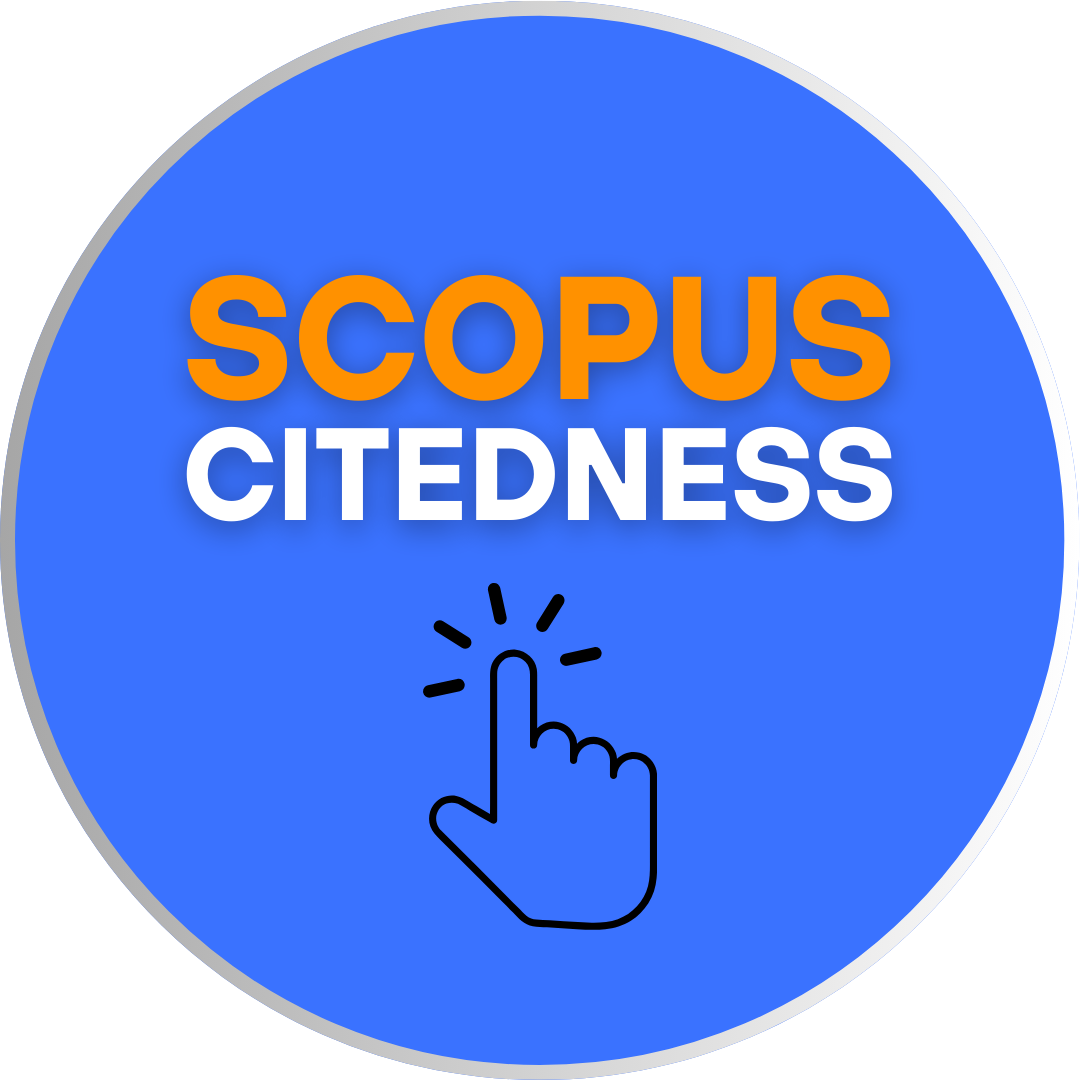A Semiotic Analysis on Confession of a Shopaholic Trailer: Roland Barthes Approach
DOI:
https://doi.org/10.18592/let.v13i2.11640Keywords:
Semiotic analysis, Signs, Myth, Media, Barthes approachAbstract
Deciphering the signals in a movie trailer is undertaken to comprehend how viewers or learners receive the conveyed meanings. The objective of this study is to (1) analyze the symbols present in the "Confession of a Shopaholic" movie trailer and (2) disclose the description of denotation, connotation and myth in the “Confession of a Shopaholic” movie trailer. The primary dataset for this study was the trailer for the film 'Confession of a Shopaholic'. This study employed Roland Barthes' theoretical framework to analyze and establish connections between the signs and the narrative of the trailer. The use of the Barthes approach facilitates the examination of dynamic communication in audio-visual content, and a semiotic analysis was conducted to accomplish the predetermined goals of this study. The research identified a total of six pieces of data included in the trailer and provided detailed explanations of their denotation, connotation, and mythological significance. The study of signals and myths in this research aims to bridge the gap between the established framework and other audio-visual media. Although signals in other domains are important as well, it is highly recommended to do a more comprehensive analysis just on movie trailer outcomes for comparative purposes.References
Akmalsyah, R. (2010). Analisis Semiotika Iilmu A Mighty Heart. Fakultas Ilmu Dakwah Dan Ilmu Komunikasi. Universitas Islam Negeri Syarif Hidayatullah Jakarta.
Allen, G. (2003). Roland Barthes - Critical Thinkers. In English. London: Routledge.
Barthes, R. (1970/1990). Mythologies. New York: The Noonday Press.
Belch, G. E., & Belch, M. A. (2003). Advertising and promotion: An integrated marketing communications perspective. The McGraw− Hill.
Bintariana, D. (2018). Representasi Perempuan Dan Alam Dalam Film Moana Karya Sutradara Aron Climents Dan John Mauker (Kajian Semiotik Roland Barthes. Journal”Acta Diurna”, 1V(1), 1-13.
Bouzida, F. (2014, September). The semiology analysis in media studies: Roland Barthes Approach. In International conference on social sciences and humanities (Vol. 8, No. 10).
Dabbagh, N. & Kitsantas, A. (2012). Personal Learning Environments, social media, and self-regulated learning: A natural formula for connecting formal and informal learning. Internet and Higher Education, 15, 3-8.
Deci, E. and Ryan, R. (1985). Intrinsic Motivation and Self – Determination in Human Behavior (Perspectives in Social Psychology). New York: Plenum.
Fisk, J. (1990). Introduction to communication Studies .2nd ed. New York: Routledge.
Graham, C. (2009). Happiness Around the World: The Paradox of Happy Peasants and Miserable Millionaires. New York, NY: Oxford University Press.
Guguh, S. (2020). Semiotics Study in Virtual Character Marriage Hatsune Miku.
Jenkins, J. (2011). Accommodating (to) ELF in the international university. Journal of Pragmatics, 43: 926-936.
Joseph Turow 2009 , Media Today , 3rd ed , UK , Routledge.
Kress, G., & Van Leeuwen, T. (2001). Multimodal discourse. The modes and media of contemporary communication.(Cappelen, London 2001).
Malau, T. A. (2022). Myth Analysis of Umpasa Batak Toba: Roland Barthes Semiotics Study. Lakhomi Journal Scientific Journal of Culture, 3(1), 34- 38.
Malik, S. (2016). “A Semiotic Analysis of the Movie 3 Idiots”. In Lyallpur Historical and Cultural Journal. Vol. 2, No. 2, pp. 79-83.
Manning, J. (2020, November 25). These are the most expensive cities in the world right now. Retrieved January 22, 2021, from https://www.timeout.com/news/revealed-the-most-expensive-cities-in-the- world-right-now-112520
Putri, A. F., & Inayah, A. (2022). A Semiotic Analysis of Aladdin Movie by Using Roland Barthes Theory. LUNAR: Journal of Language and Art, 6(2), 376- 386.
Roland Barthes 1968. Elements of semiology.1st ed. New York: Hill and Wang 4.
Royani, N. (2014). ‘A Semiotic Analysis of “Sucker Punch” Movie’. M.A Thesis. English Letters Department, Islamic University, Jakarta.
Sagimin, E. M., & Sari, R. (2020). A Semiotic Analysis on LAY’s and EXO’s Selected Music Videos. In Twelfth Conference on Applied Linguistics (CONAPLIN 2019) (pp. 43-50). Atlantis Press.
Septiana, R. (2019). Makna Denotasi, Konotasi Dan Mitos Dalam Film Who Am I Kein Ist Sicher (Suatu Analisis Semiotik). Fakultas Ilmu Budaya. Universitas Sam Ratulangi Manado.
The pink myth. (2018, March 20). Retrieved January 23, 2021, from https://thehimalayantimes.com/opinion/the-pink-myth/
Veltri, G. A. (2015). Social semiotics and social representations.
Wikimedia Foundation. (2023, September 2). Confessions of a shopaholic (film). Wikipedia. https://en.wikipedia.org/wiki/Confessions_of_a_Shopaholic_(film)
Wolchover, N. (2012, August 01). Why Is Pink for Girls and Blue for Boys? Retrieved January 20, 2021, from https://www.livescience.com/22037- pink-girls-blue- boys.html
Wong, K. (2019, October 04). The Myth of the Frivolous Female Spender. Retrieved January 23, 2021, from https://www.nytimes.com/2019/10/04/us/myth- frivolous-female-spender.html
Xue, F. (2020, December 10). This Is What Happens to Your Brain When You Fall in Love, According to Science. Retrieved January 23, 2021, from https://www.byrdie.com/love-at-first-sight-science
Downloads
Published
How to Cite
Issue
Section
License
Copyright (c) 2023 Nur Syasya Qistina Mazeree, Norhakimin Ashaari, Nadzirah Munirah Ramli, Nur Arifah Zahiah Zuri

This work is licensed under a Creative Commons Attribution 4.0 International License.
Authors who publish with this journal agree to the following terms:
- Authors retain copyright and grant the journal right of first publication with the work simultaneously licensed under a Creative Commons Attribution License that allows others to share the work with an acknowledgement of the work's authorship and initial publication in this journal.
- Authors are able to enter into separate, additional contractual arrangements for the non-exclusive distribution of the journal's published version of the work (e.g., post it to an institutional repository or publish it in a book), with an acknowledgement of its initial publication in this journal.
- Authors are permitted and encouraged to post their work online (e.g., in institutional repositories or on their website) prior to and during the submission process, as it can lead to productive exchanges, as well as earlier and greater citation of published work.
LET (LINGUISTICS, LITERATURE, AND LANGUAGE TEACHING) http://jurnal.uin-antasari.ac.id/index.php/let/index licensed under a Creative Commons Attribution 4.0 International License.
















